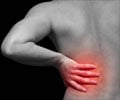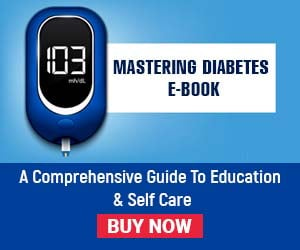Pentazocine and Naloxone Medication Information
Learn everything you need to know about Pentazocine and Naloxone-pronunciation, uses, dosage guidelines, indications, and when to take or avoid it.
Get up-to-date information on side effects, precautions, warnings, and proper storage to ensure safe usage.
Explore Pentazocine and Naloxone brand names commonly used in India and internationally, along with detailed pricing information. Consult your healthcare provider for tailored medical advice.
Generic Name : Pentazocine and Naloxone Pronunciation : pen taz' oh seen- nal ox' one ICD Code : Y45.8 Therapeutic Classification : AnalgesicsBrand Names or Trade Names of Pentazocine and Naloxone
International :
Talwin NX
Why is Pentazocine and Naloxone Prescribed? (Indications)
This combination medication is an analgesic, prescribed for moderate to severe pain. It inhibits the action of the substances that cause pain.When should Pentazocine and Naloxone not be taken? (Contraindications)
Hypersensitivity.What is the dosage of Pentazocine and Naloxone?
Adults- The usual initial adult dose is 1 tablet every three or four hours. This may be increased to 2 tablets when needed. Total daily dosage should not exceed 12 tablets.How should Pentazocine and Naloxone be taken?
It comes as a tablet to take by mouth, with food.What are the warnings and precautions for Pentazocine and Naloxone?
• Caution should be exercised in patients with history of electrolyte imbalance, breathing problems, high blood pressure, heart disease, under active thyroid, Addison disease, liver or kidney disease, enlarged prostate, trouble in urinating, porphyria, stomach problems, any allergy, who are taking other medications, during pregnancy and breastfeeding.• It may cause drowsiness or dizziness, do not drive a car or operate machinery while taking this medication.
• Avoid alcohol consumption.
What are the side effects of Pentazocine and Naloxone?
Central Nervous System - Drowsiness, dizziness, lightheadedness, nervousness, apprehension, depression, floating feeling, headache, weakness, faintness, disturbed dreams and sleeplessness.Gastrointestinal - Nausea, vomiting and constipation.
Heart - High or low blood pressure, fast heart rate and poor blood circulation.
Metabolic - Increased sweating, flushing of the skin, dry mouth and altered taste.
Allergic reactions - Swelling of the face, shock, skin inflammation, itching, flushed skin, rash and hives.
Eye - Blurred vision and difficulty in focusing.





